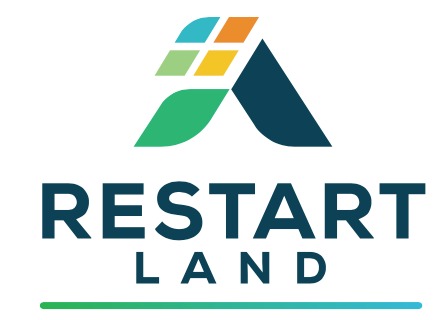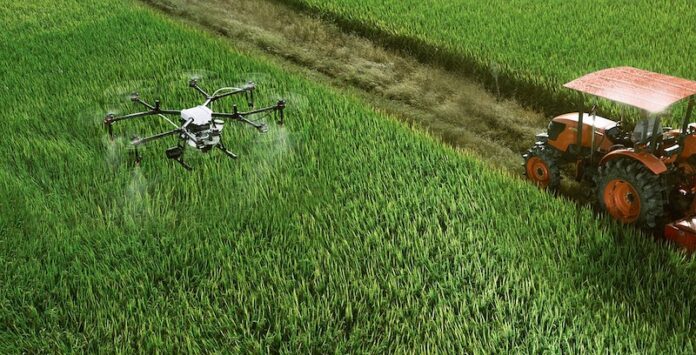We help companies improve sustainability through solutions that integrate renewable energy generation into agricultural processes.
With the RestartLand project, we support the management of agricultural properties by making the production system more efficient through Agriculture 4.0 tools.
We improve the use of agricultural roofs, through the agrisolar, designing and installing photovoltaic panels, modernizing buildings and production facilities. We offer the possibility of obtaining a multi-year income through energy efficiency.



